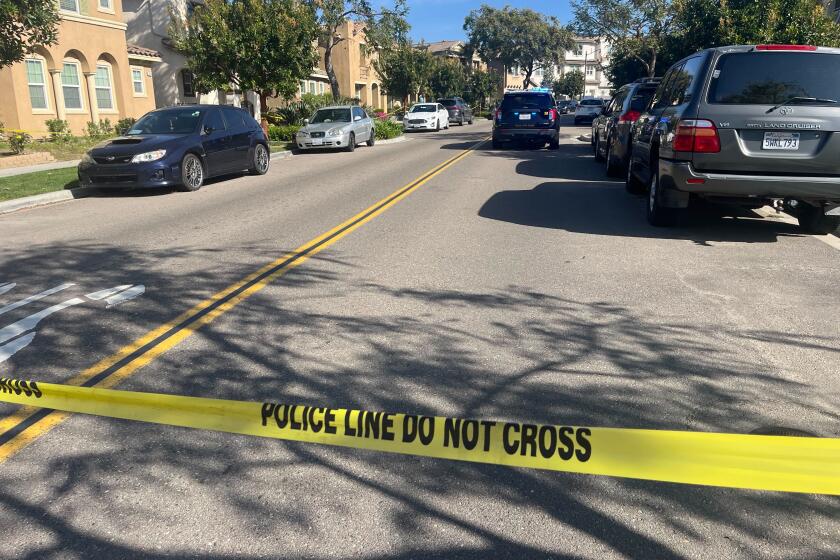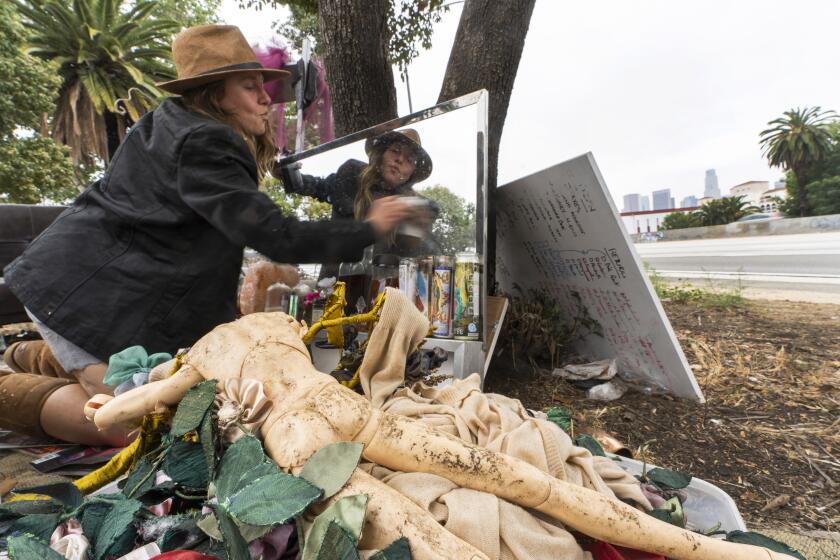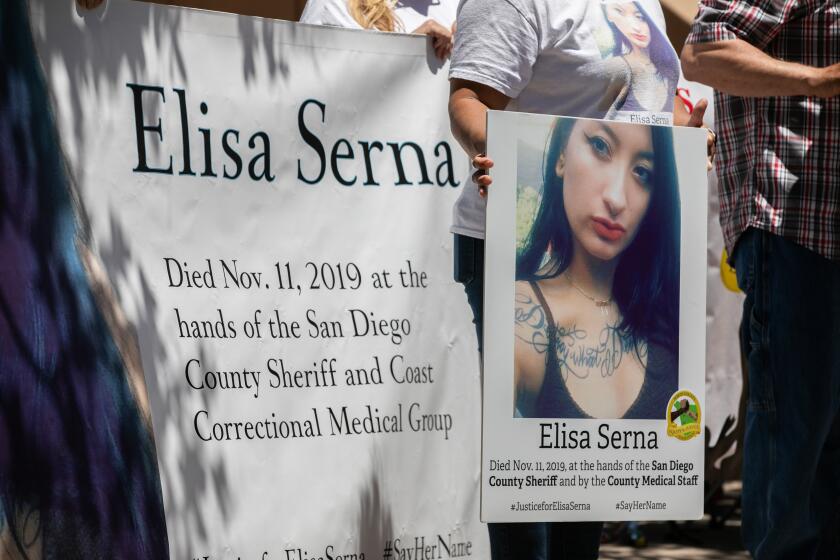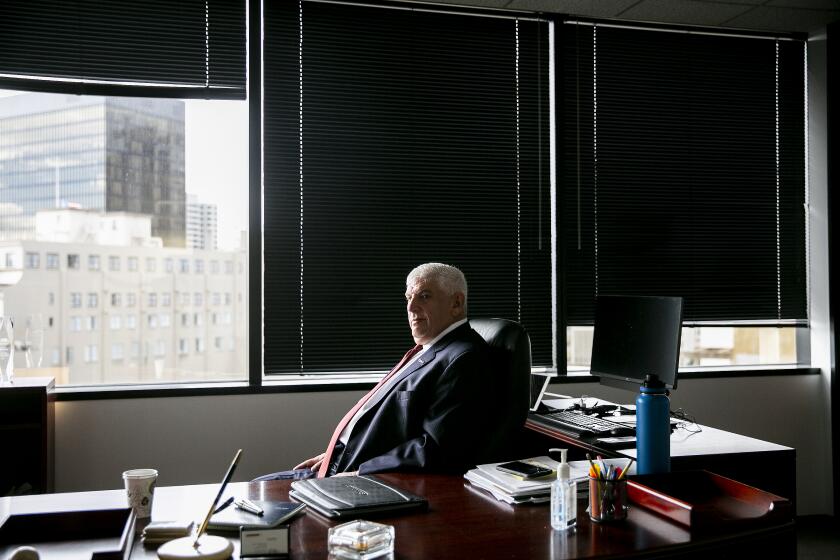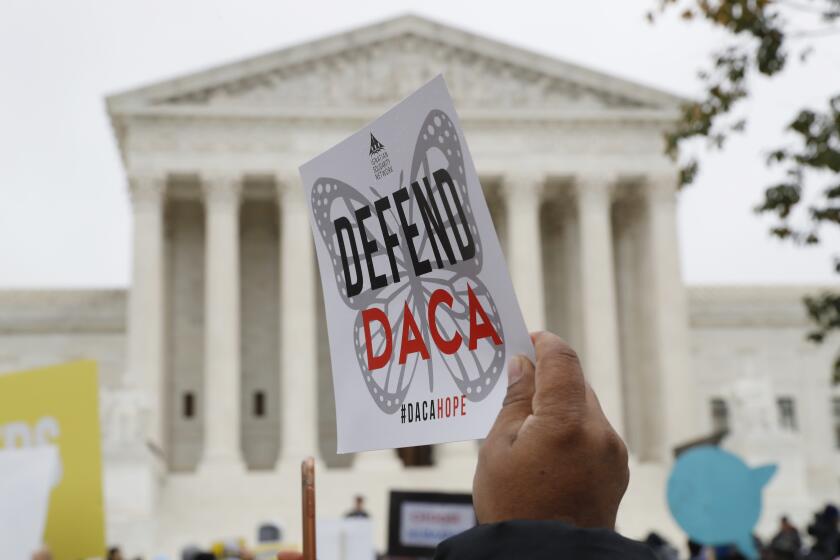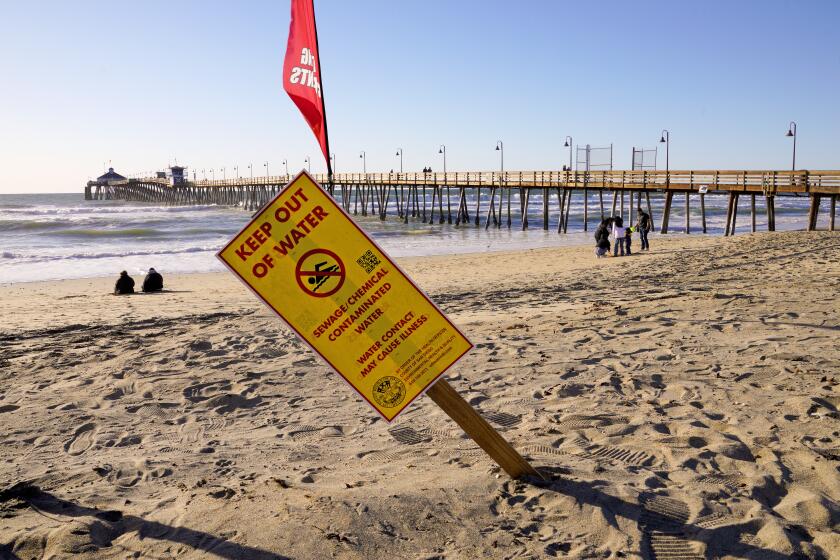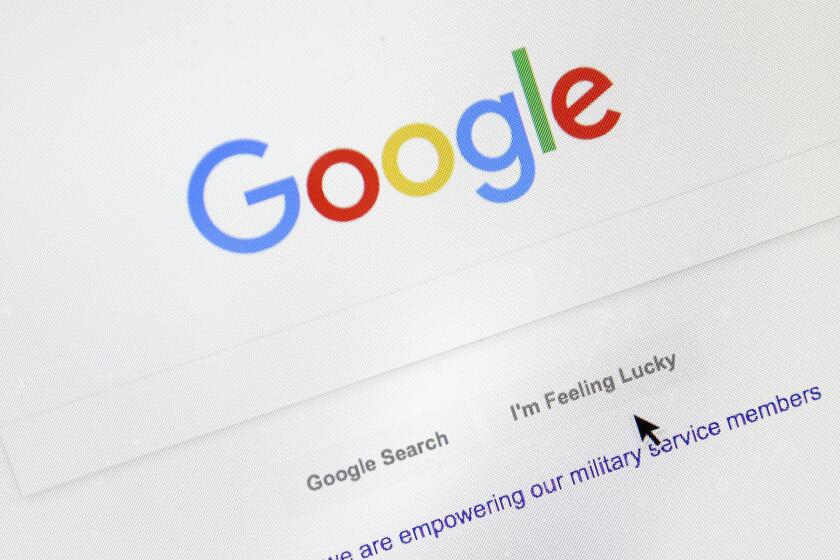Editorial: What’s changed since Columbine? This has.
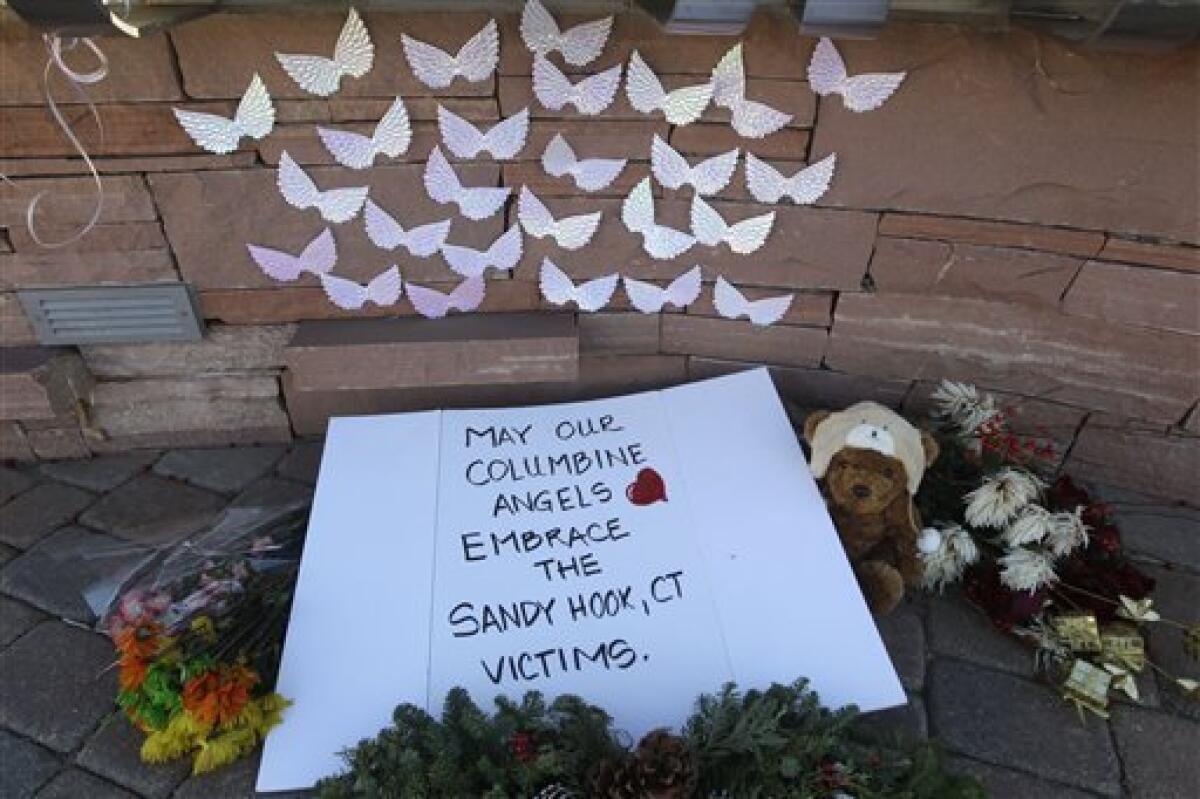
Saturday is the 20-year anniversary of that horrific shooting in which 13 people died. That means there is no longer a teenager alive on the planet who was born before that unforgettable tragedy ushered in a relentless wave of more deadly, more regular mass shootings. Research suggests some common traits among these shooters. They are often alienated, aggrieved and aggressive. They are often younger white men with a history of mental health issues. They are often fixated on the shooters before them, whose names can punctuate news accounts like bullets themselves.
Since April 20, 1999, according to 5280 Magazine, more than 40 perpetrators have cited Columbine as influencing their actions while killing 210 people and injuring at least 419. Four years ago, Mother Jones factored in planned shootings and reported that Columbine had “inspired at least 74 plots or attacks across 30 states.” The outlet’s tally is now more than 100. Last year, the mother of one of the Columbine attackers told The New York Times, “I do believe there is a contagion.”
On the 19th anniversary of the Columbine shooting last year, The San Diego Union-Tribune Editorial Board memorialized — by name and age and total years of lives lost — 223 victims of mass shootings, gang violence and gun incidents who had died on U.S. campuses from April 20, 1999, on.
We turned their names and ages into text to spell “ENOUGH.” Today, we return to the subject of mass shootings with another message that we’ve had enough. Today we focus on the shooters and commit to a new way of reporting on their terrible deeds: Our board will no longer publish these perpetrators’ names in our editorials except in rare circumstances when we deem the news value too great to avoid doing it once.
Not every mass shooting is the sick work of someone who wants their name to live forever on a roster of rampage. But since shooting contagion exists, we can help minimize it. We can discuss these unhinged mass murderers differently, avoid inking their names in history, urge other outlets to do the same. It’s something.
Let’s never say their names again.
Let’s limit copycat killers by limiting our copy.
Get Essential San Diego, weekday mornings
Get top headlines from the Union-Tribune in your inbox weekday mornings, including top news, local, sports, business, entertainment and opinion.
You may occasionally receive promotional content from the San Diego Union-Tribune.

